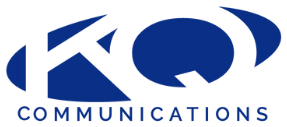Turning Clean Energy into a Verb: Engaging Communities of Color with Effective Clean Energy Communication Strategies
Research and Engagement | Social Media | Public Relations | Graphic Design | Website Design
KQ Communications is committed to engaging in thought-provoking, in-depth research that centers and empowers communities who are often left out when it comes to strategic communication, messaging, and engagement. As a result of this commitment, KQ conducted a study that addresses the communication barriers between the clean energy industry and the communities that tend to be most affected in the Southeast. This white paper focuses on closing gaps that exist between communications professionals in the clean energy industry and Black and Brown communities in the fight against climate change.
IDENTIFYING
THE PROBLEM

- Climate change is a constant threat to human health. Every year, Americans experience increasingly destructive floods, hurricanes, tornadoes, wildfires, and ice storms. Winters are getting shorter and summers are getting hotter.
- These extremes are taxing our energy grid and costing families a lot of money (on top of intersecting social, economic, and health issues). And these issues, like many in the United States, are not being shared equally among communities. The energy burden, which is understood as the percentage of a household’s income spent on energy, disproportionately affects communities of color. For example, residents in Mississippi, Tennessee, and Alabama are paying upwards of 20% of their income on energy bills. In 2020, 34 million U.S. households struggled to pay their utility bill and more recent numbers suggest that one in seven families live in energy poverty.
OUR
RESEARCH METHODS
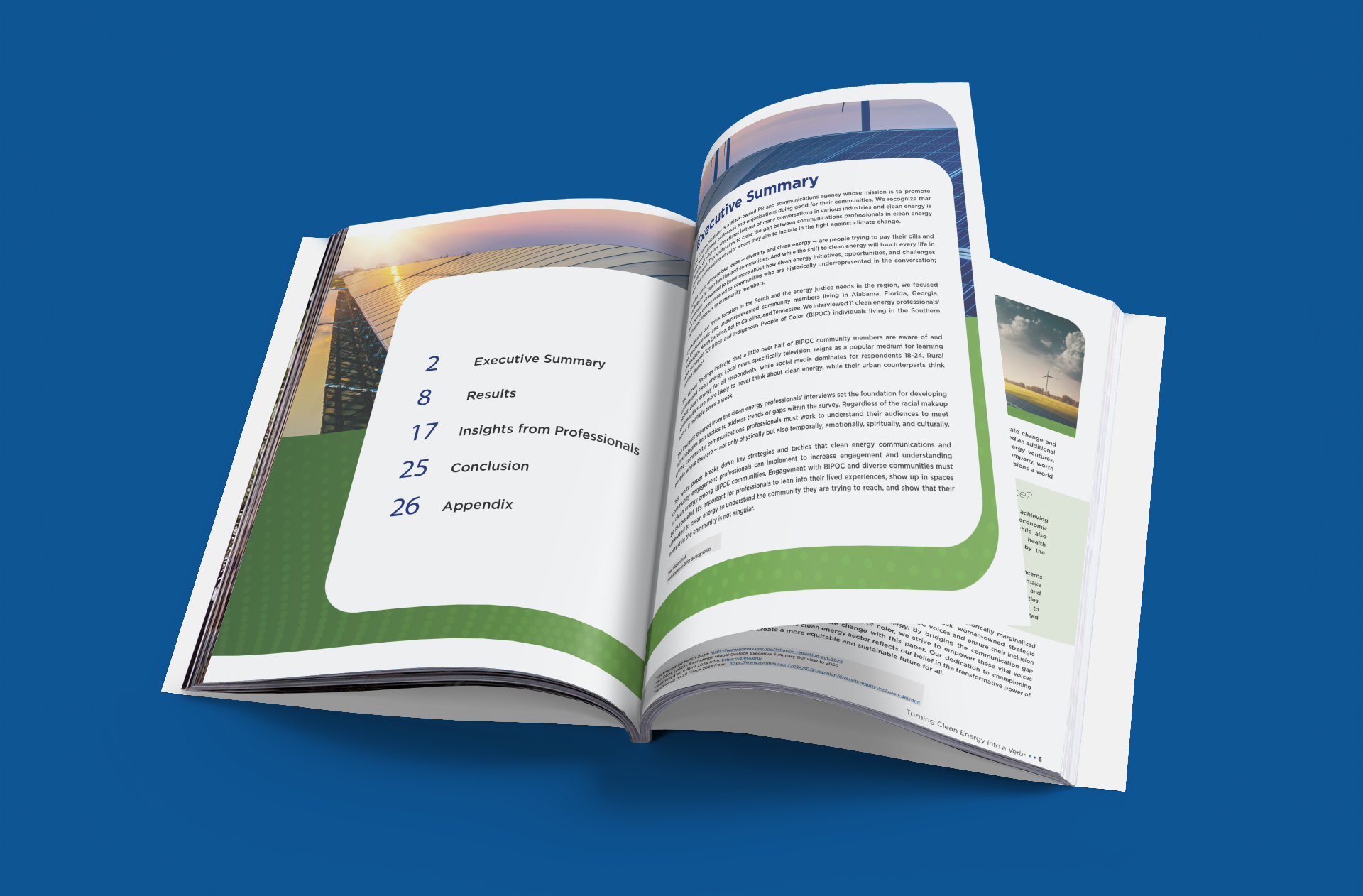
In order to determine where communications gaps exist, KQ recruited and interviewed 11 clean energy professionals and communicators in the Southeastern United States. Our research team designed and conducted a survey with 321 respondents living in the Southeast. Our team also conducted a media audit for articles reporting on clean energy news and a social media audit of accounts with an advocacy focus on clean energy.
THE
KEY FINDINGS
- Our survey findings indicate that a little over half of BIPOC community members are aware of and understand clean energy.
- Local news, specifically television, reigns as a popular medium for learning about clean energy for all respondents, while social media dominates for respondents 18-24.
- Regardless of the racial makeup of the community, communications professionals must work to understand their audiences and show up and meet people where they are.
- Engagement with BIPOC and diverse communities must be purposeful in order to build trust.
Sample: 11 clean energy & communication professionals / 321 BIPOC survey respondents from the South
54% of survey respondents have heard about clean energy and understand what it means
21% of respondents learned about clean energy from the local news
22% of rural BIPOC respondents never think about clean energy
58% of 18-24 year-old BIPOC respondents want to learn about clean energy from social media, specifically YouTube, Instagram, and TikTok
PUT THIS
RESEARCH INTO ACTION!
- Journalists can learn more about the gaps experienced by communities of color and how energy professionals are working– or struggling– to close those gaps
- Energy providers and professionals will gain insights on how to do effective and authentic outreach to Black and Brown communities
- Nonprofit and advocacy professionals will learn best practices from their peers along with communication strategies
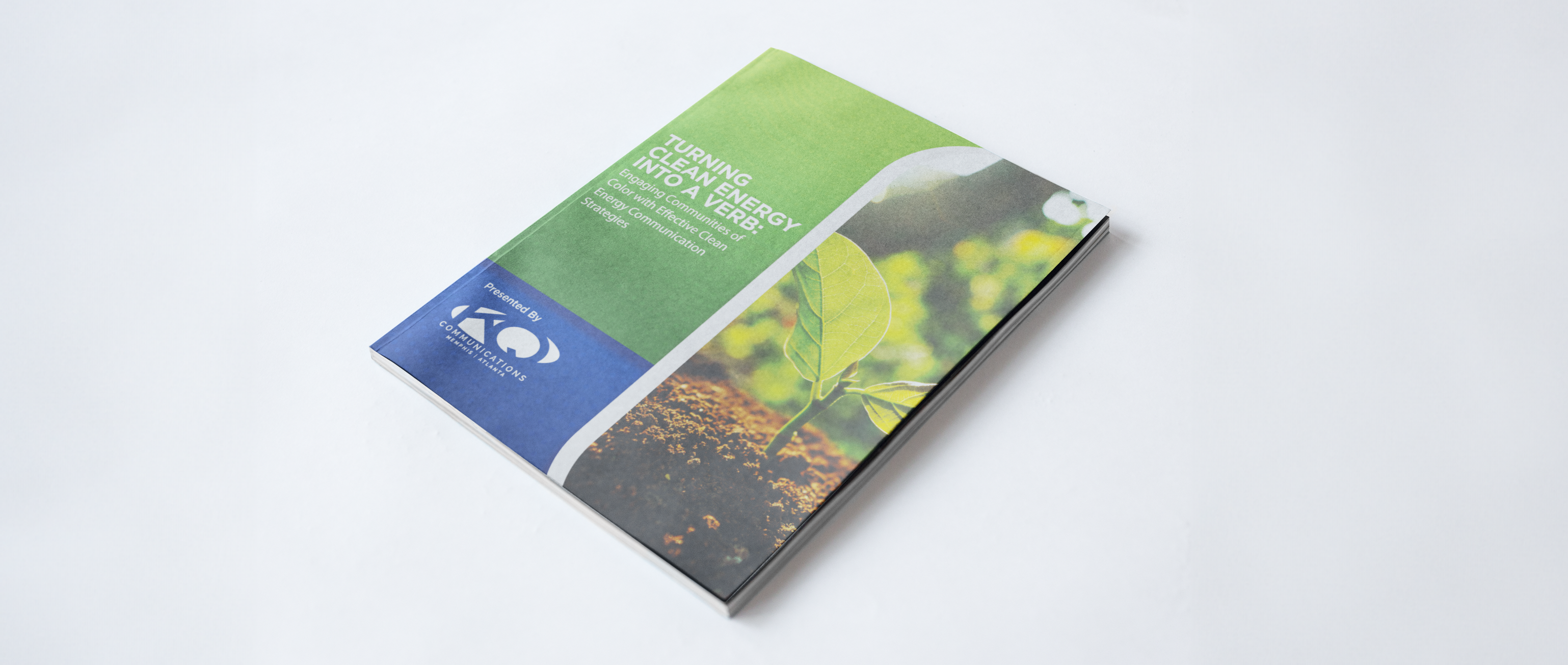
Fill out the form to receive access to our FREE clean energy report that provides insight into awareness of clean energy, communication preferences, and more.
